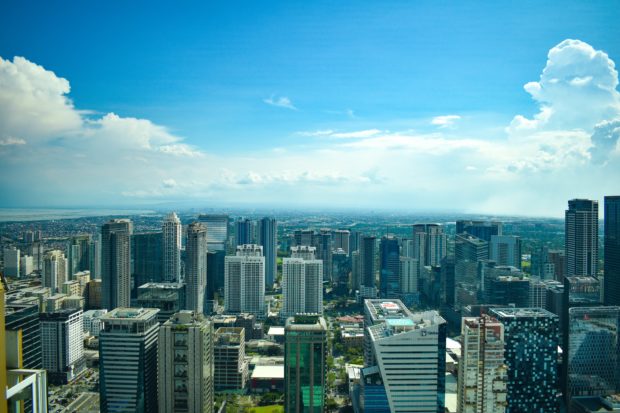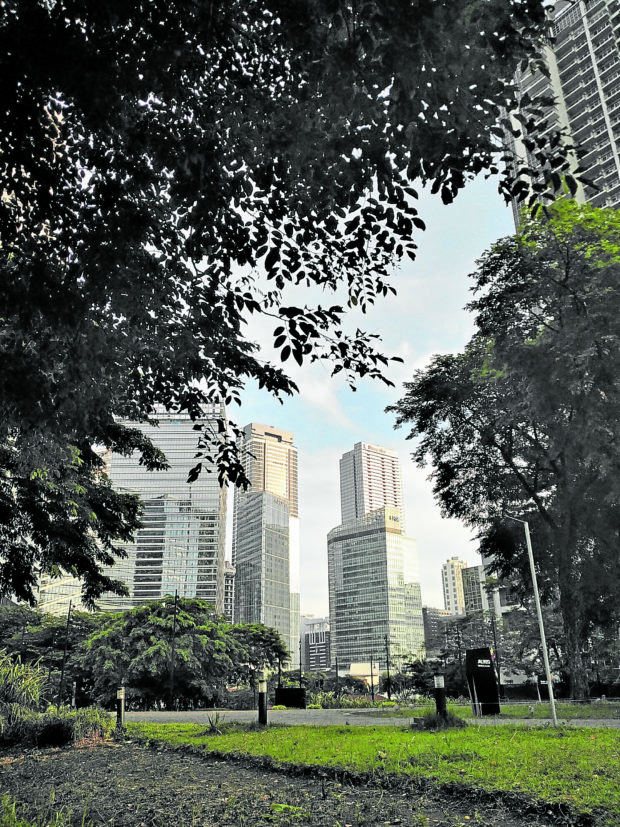Aiming for a strong recovery
We see highly encouraging growth for the office sector in the first half of 2022. With lease transactions now at 379,000 sqm, equivalent to 70 percent of full year 2021, we expect 2022 to exceed the numbers of last year.
In fact, the current absorption of 255,000 sqm in the second quarter is the highest since the start of the pandemic, equivalent to a 106 percent growth versus the previous quarter. However, overall vacancy for the office sector remains high at 18 percent.
In terms of live requirements, we are seeing a total 451,000 sqm in various stages of the leasing process. If all these spaces get taken, we may well see a 50 percent growth in office absorption this year compared to 2021.
The IT and business process management (IT-BPM) sector continued to account for bulk of the take-up at approximately 153,000 sqm or about 40 percent of total absorption. The current live requirements for the IT-BPM sector have grown to 212,000 sqm, which bodes well for the rest of the year.
We are also seeing the awakening of demand from Philippine offshore gaming operators (Pogo). Year-to-date absorption by Pogos has already hit 33,500 sqm, on top of the 8,000 sqm of live requirements. The Bay Area, which remains to be the preferred location of Pogos, has likewise seen dormant residential spaces getting revived.
Residential segment
For the residential condominium market in Metro Manila, there is approximately only seven months worth of supply, which consists of 11,400 ready-for-occupancy (RFO) units and 49,400 pre-selling units. To date, approximately 73 percent of pre-selling units are already sold.
Strong recovery was seen in the market, with take-up in the second quarter hitting 9,030 units, up 54 percent from the previous quarter reservation sales of 5,852 units. All segments grew, with the high-end segment leading at a 103 percent versus previous quarter.
However, we saw a drastic decline of 89 percent in the lower middle-income segment. This is the segment of the market which is highly sensitive to impacts on income due to job loss and inflation.
In terms of residential condominium supply, we have also seen a 78-percent decline in new launches to only 1,024 units in the second quarter from 4,762 units in the first quarter.
This may already be the effect of the current global macro-economic headwinds and looming recession, making developers more cautious. Expectations of increasing cost of materials, higher financing costs and the uncertain impact to the buyers are likely causing hesitation among developers.
Stable capital values
For the capital markets side of real estate, capital values have remained stable in general.
Land values in the major central business districts (CBDs) continue to rise with a strong 20 percent annual growth rate. Bonifacio Global City has hit new highs of P113,000 per sqm of accommodation value, the highest among all Metro Manila CBDs, followed by Makati at P100,000 per sqm AV.
Since the pandemic, land values in the established and older Metro Manila high end gated subdivisions have remained flat with Dasmarinas Village leading at P476,000 per sqm, followed by Forbes Park at P461,000 per sqm.
There is more action in the new high-end subdivisions located in the Southern Mega Manila provinces of Cavite and Laguna, with Rockwell South hitting P53,100 per sqm, reflecting a 15 percent annual price growth rate, and Ciela of Ayala at P55,300 per sqm on a 12 percent annual price growth. Developers in these areas are fast losing inventory and in need of new projects to launch.
Absorption levels
However, we are still quite far from pre-pandemic absorption levels in the office sector.
In 2019, the total demand was at 1.7 million sqm, while today, we are only at 379,000 sqm for the first half of the year. While we expect faster growth for the rest of 2022, it is unlikely that absorption will hit 1 million sqm this year.
For residential condominium segment, take-up is likewise still far from pre-pandemic levels, during which full-year take up reached 80,000 units. As of the first half this year, only 14,800 units have been taken up. A surge in COVID-19 cases and the current economic uncertainties may likely hinder any strong recovery to pre-pandemic levels.
Capital values, however, have been stable and continue to grow. Pricing of primary condominium units, commercial land in CBDs, Metro Manila gated subdivision lots and the new gated residential lots remain strong.
Second half 2022
We see stronger demand coming from both the IT-BPM and the POGO sectors. These two locator groups are currently on the move especially since the start of the year. As the Western world enters a recession, cost savings through outsourcing becomes an attractive option.
Last year, approximately 120,000 jobs were created in the IT-BPM sector, and we hope to see the same magnitude of new jobs this year. For the first time since the start of COVID-19, POGO demand is rising. Further opening of borders will allow for significant numbers of foreign employees to enter the Philippines.
For residential, we don’t expect sales to pick up significantly in the second half of 2022 compared to its current level because of the lack of new supply in the market, inflation, rising interest rates, and continued uncertainty brought about by the new COVID-19 variants.
While we see the lower- and middle-income segments of the residential condominium market to be the most affected by inflation and rising interest rates, the lack of new supply will not move the numbers much. Towards the end of the year, developers will continue to prioritize moving existing inventory and will remain cautious of new project launches.
The author is the co-founder and CEO of Leechiu Property Consultants Inc.

